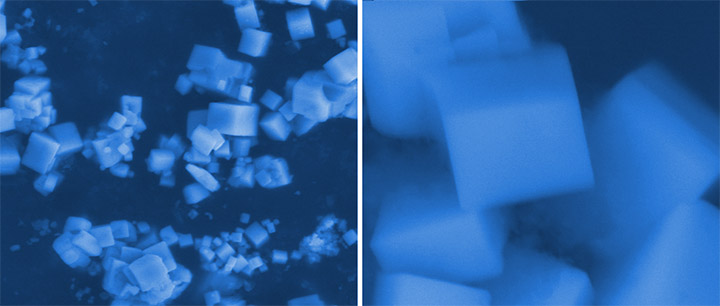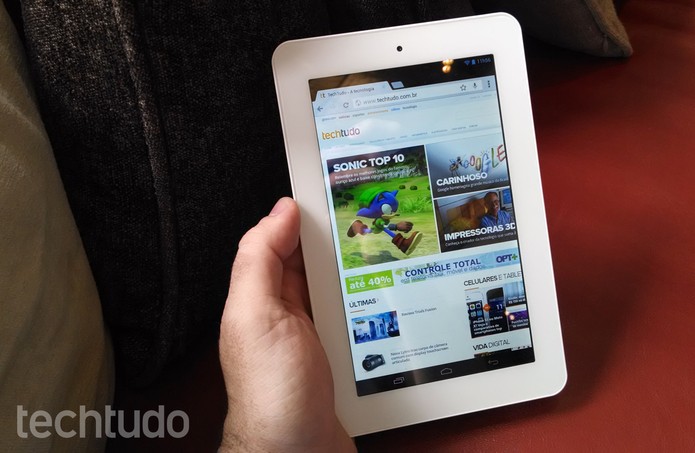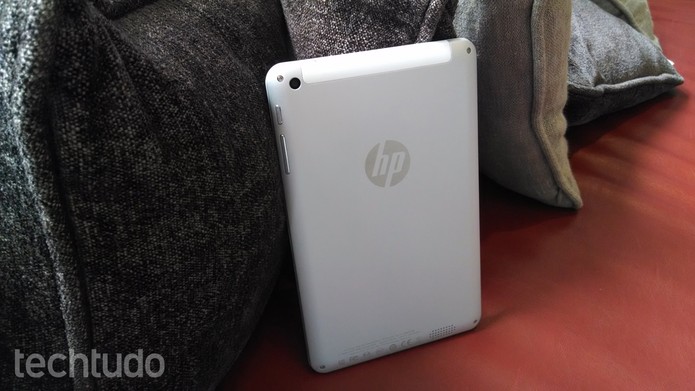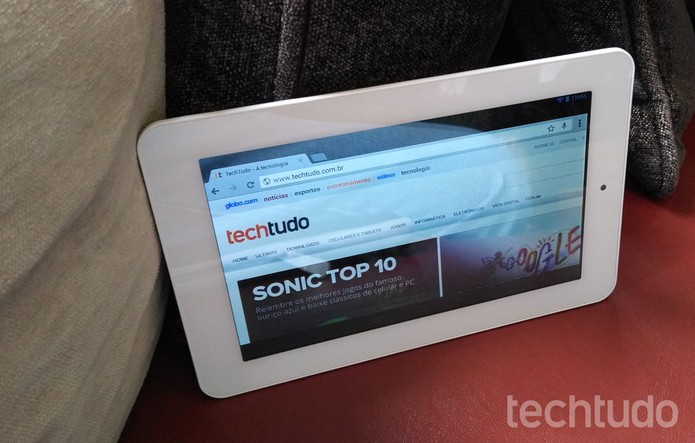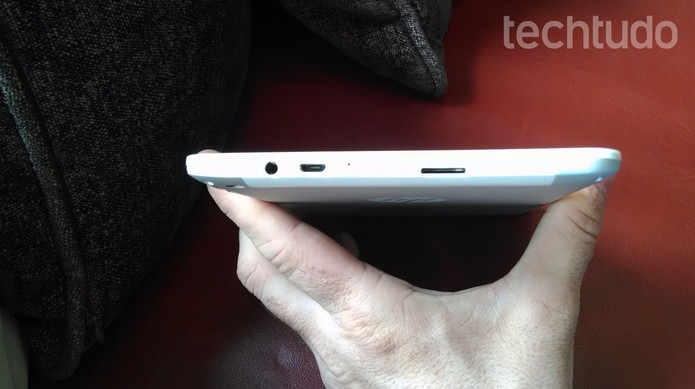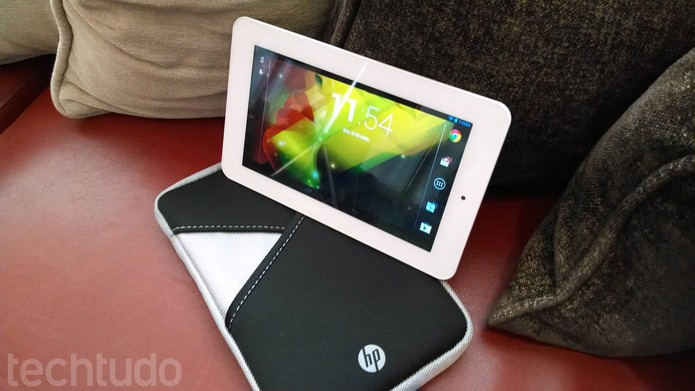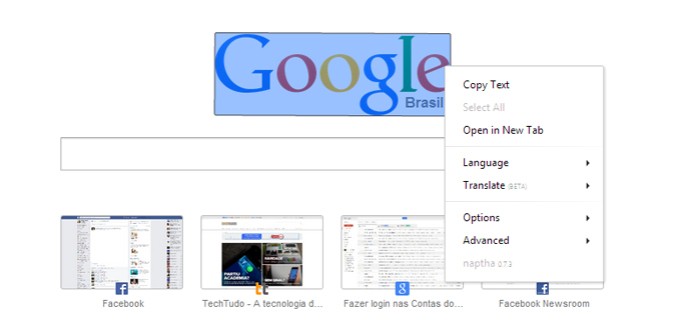Before considering ways to “detox”, let us first understand what toxins are. Without getting involved into scientific terminologies we could look upon anything that is capable of causing a disease on contacting or on being absorbed by body tissues, or simply put anything that is poisonous to our biological functioning, is a toxin.
From this point of view our body also produces a lot of waste matter which can be termed as toxin; fortunately our biological system is so programmed that it gets rid of these toxins as a normal function.
A detox diet, then, is a dietary system that involves introduction or elimination of certain items of food or drink for the purpose of assisting the body to “purify” itself, or cleanse itself, of toxins, the poisonous substance(s). Detoxing is believed to improve health, resistance to diseases, energy, and aid in natural weight loss.
However, many dieticians and doctors regard “detoxing” as no more effective than drinking a glass of water and as such regard detoxing as a fad.
Usually \"Detox\" diets suggest that majority of your food intake should be restricted to fruits and vegetables, and water. Alcohol is totally eliminated. There are many variants of detox diet plans including juice fasting, water fasting, lemonade diet, etc. There are many advocates of these various detox diets and plans. However, most of them are a little harsh for a common man.
The following 7 day detox plan follows the basic tenets of detox but is safer, more flexible and hence sensible and will ensure sufficient nutrients to the body while still aiding to lose weight.
Your diet may include:
Fruits: Apples, bananas, pears, oranges, etc. either fresh, frozen or dried, or canned in natural fruit juice;
Fruit juice: Homemade fresh fruit juices or smoothies – not sweetened;
Vegetables: Almost any vegetable such as carrots, turnip, sprouts, cabbage, onions, peppers, sweet corn, mushrooms, broccoli, cauliflower, salad, etc. – fresh or frozen.
Beans and lentils: Any beans such as haricot, cannelloni, red kidney, black eye, red lentils, green lentils, etc fresh, or dried or canned in water;
Potatoes – all types
Brown rice and rice noodles
Fresh fish: Any fresh fish cod, salmon, lobster, plaice, mackerel, crab, trout, haddock, tuna, Dover sole, red mullet, prawns, etc;
Unsalted nuts: Brazil, cashew, hazel nuts, peanuts, almonds, pecans, pine nuts, macadamia, walnuts, pistachio, etc;
Live natural yoghurt;
Garlic, ginger and fresh herbs;
Honey;
Water: Tap or mineral water at least 2 liters a day;
Herbal or fruit teas
Avoid the following:
Chicken, turkey, Red meat, and meat products such as burgers, sausages, etc;
Milk and milk products such as cheese, cream and butter;
Eggs;
Bread, etc. that contains wheat;
Salted snacks, salted nuts;
Sweets, jam, chocolate, sugar;
Alcohol;
Coffee, tea;
Fizzy drinks and squashes;
Processed foods, Sauces, salad dressing, pickles, mayonnaise;
Salt.
The detox diet suggested here is easy to follow, and will permit enjoyable meals without violating the requirements of detoxing.




